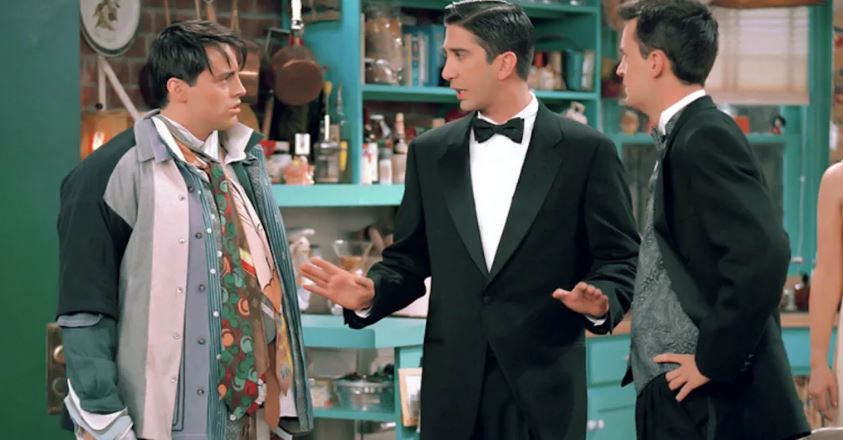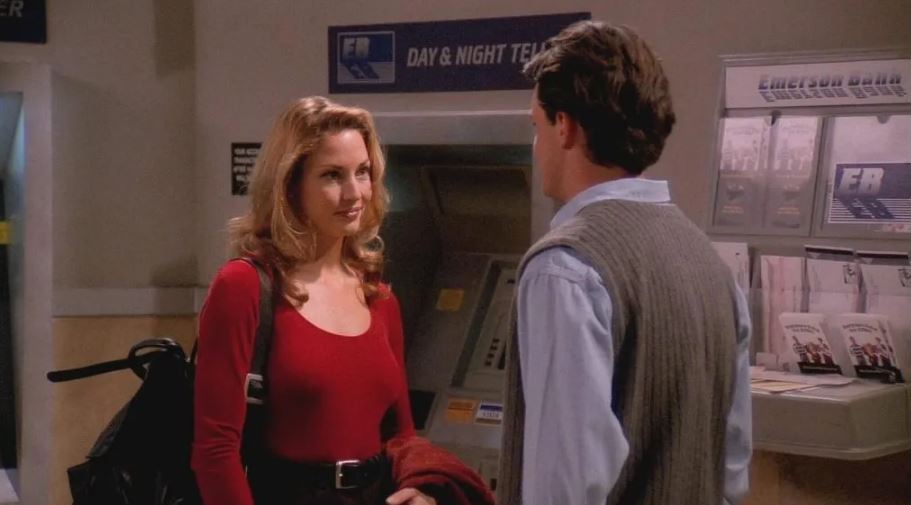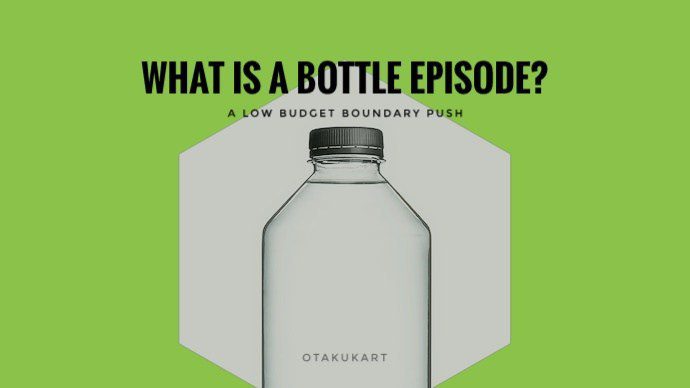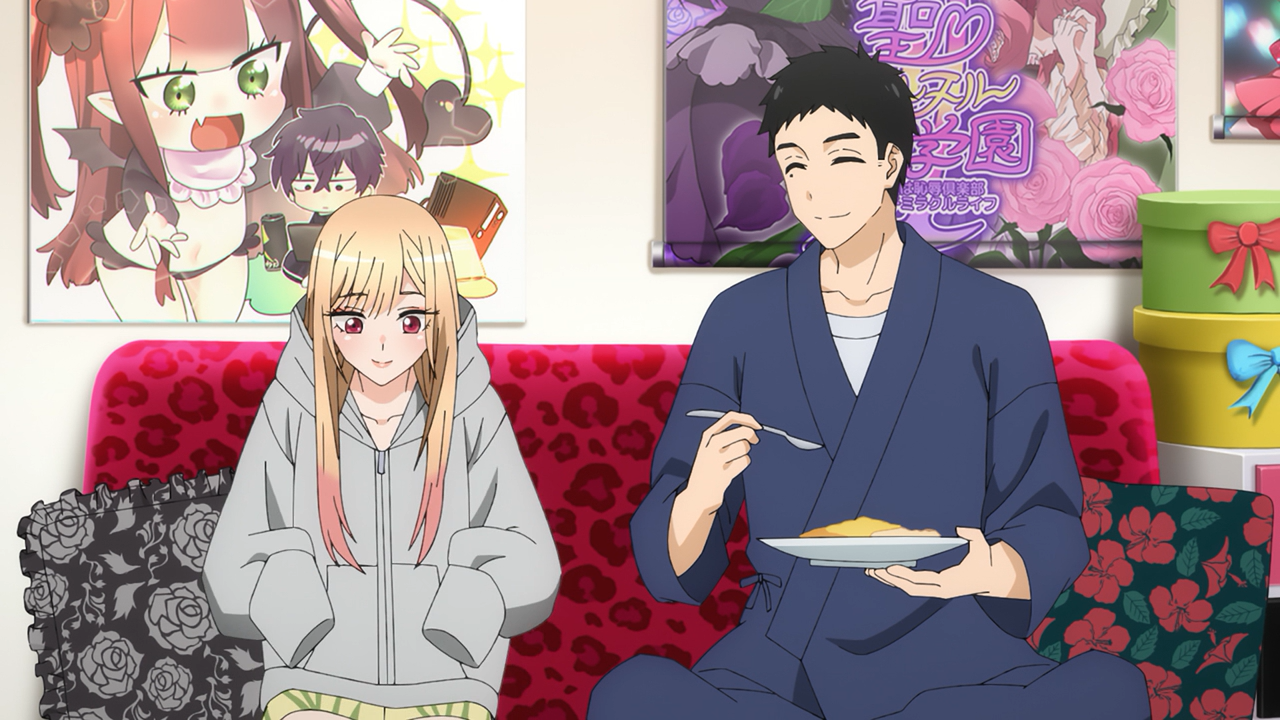While watching a TV program, you recently came across a certain episode, which according to reviews and critics, was a Bottle Episode, and now you are wondering, What Is a Bottle Episode, Well, follow this article till the end, and we will let you know in detail.
Suppose you are a producer of a TV Show, and you recently shot an episode based on a massive location, out-of-the-world visual effects, and big set pieces, and now you have completely gone all out. The episode performed very well, with tons of positive responses from critics, but because of that, you went too far from the budget, you have got a stamped schedule, and time is wasted… What will you do? Whether it’s the big shows on Netflix or small sitcoms, the Bottle Episode is bound to happen.
Well, you are gonna need to cut the costs for the next episodes of your TV program. It will be as minimum as possible, which means no guest stars, and only staring characters from the main cast or maybe some small roles if really necessary. If you are lucky, you might be able to pull off casting only your two main characters, like, for example, in Breaking Bad, but if you have got a contractor ensemble cast, as in Friends, go ahead and use them all. If you have got a location, your audience is familiar with seeing, that is all the better people find familiarity comfortable and your crew already knows how to light the set, which is perfect. Now all you have to do is gather your riders and explain to them how you blew it with the budget. These restrictions result in what is commonly referred to in episodic television as a ‘Bottle Episode’.

“An episode restricted in scope to use as few non-regular cast members, less visual effects, graphics, and sets as possible.” Which often translates, “We Ran Out of Money! And We Can’t Go Anywhere”.
More About a Bottle Episode:
The name Bottle Episode comes from the days of the original Star Trek Series, for the production of the show would slow down due to a dwindling budget, which resulted in many episodes taking place entirely inside the enterprise. The crew began to refer to these shoots as “Ship in a Bottle Episodes”.
The concept application usually comes in the form of budget restraints but also can be used when the writers want to challenge themselves. But one this is certain, whether it be a Multi-Cam Sitcom, A Single-Cam Sitcoms, A sci-fi drama, a crime drama, or even an animated show, you are bound to eventually come across a Bottle Episode during the course of a long-running series.
While some people may be disappointed when they begin to realize that they are about to see a whole lot of the same for the next twenty to forty minutes, some even like them. This might be the case for more recent writers, who might be worn out from writing the huge set of these episodes a few weeks ago, but if they set their mind to it, an enclosed room filled with interesting characters possesses the capability of being an exhilarating tension-filled character study.

Viewers generally complained about the lack of variety of Bottle Episode, the story can deliver, and that the story ends up being the same as any other location piece, but that’s simply not true. You can have it as an episode about two characters trapped in a bank vault or an episode about a group being trapped in the study room, one about a group trapped in an outpost in Alaska, or about two characters trapped in an ATM vestibule, as we saw in Friends when Chandler stocks with Jill Goodacre.
Maybe the setups are mostly just trapping people in a room, but it’s just so useful to do. By trapping characters in a room, you have already accomplished two important aspects. One, you have confined your location to a single point that should keep the producers happy, and Two, you created tension. Since a Bottle Episode scope is vastly reduced, the scriptwriters attempt to utilize the lack of space to their advantage.
People don’t enjoy being confined, it can lead to the feeling of Claustrophobia and Paranoia. Throw in a reason for trust between characters, the vulture, and you have created an intriguing plot point.
ALSO READ: The Pale Horse Ending Explained




